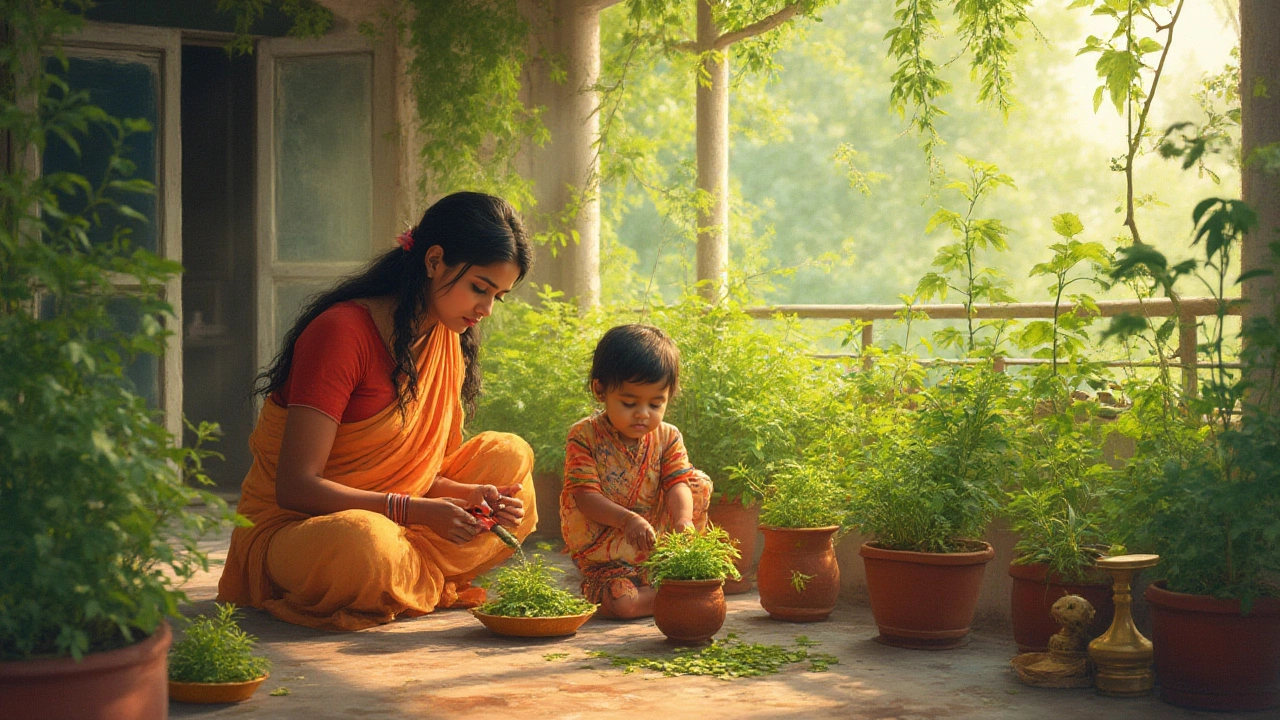Explore tried-and-true natural pest repellents, from herbs and oils to clever DIY mixes. Protect your home without harsh chemicals.
Chemical-Free Gardening: Natural Ways to Grow Healthier Plants in India
When you choose chemical-free, a way of growing plants without synthetic pesticides, fertilizers, or herbicides. Also known as organic gardening, it’s not just a trend—it’s how farmers and home gardeners in India have grown food for centuries before chemicals became common. Today, more people are returning to this approach because they want food that’s safe, soil that’s alive, and gardens that don’t harm bees, birds, or groundwater.
Soil health, the condition of soil that supports plant growth through natural microbial activity. Also known as living soil, it’s the foundation of every successful chemical-free garden. You won’t find it in bags of chemical fertilizer. You build it with compost, leaf mold, and crop rotation. That’s why posts here talk about adding compost to dense clay soil, using perlite to loosen it, or making your own compost with the right mix of greens and browns. Healthy soil doesn’t need chemicals—it feeds plants naturally and keeps pests away.
Natural pest control, using plants, physical barriers, or beneficial insects instead of sprays to protect crops. Also known as eco-friendly pest management, it’s how you keep rabbits from eating your zinnias or aphids from wrecking your basil—without touching a single toxic bottle. You’ll find guides here on companion planting, homemade sprays, and even how to build simple cages. These aren’t magic tricks. They’re simple, repeatable habits that work in Indian homes and balconies.
Chemical-free farming isn’t harder. It’s just different. It asks you to watch your plants, notice changes early, and work with nature instead of fighting it. That’s why the best gardeners aren’t the ones with the most tools—they’re the ones who pay attention. They know when a plant is thirsty, when the soil needs air, and when a bug is just passing through.
And in India, where the sun is strong, monsoons come hard, and space is often limited, chemical-free methods shine. You don’t need a big farm to do this. A balcony, a terrace, or even a windowsill can become a thriving, chemical-free space. That’s why you’ll find guides here on growing basil on a balcony, choosing year-round bloomers for Indian weather, and fixing clogged drip lines without buying new parts.
There’s no secret formula. Just patience, observation, and the willingness to let nature help. You’ll learn how to dry out overwatered plants, choose the right soil amendments, and even avoid unsafe materials like styrofoam in your vegetable garden—all without chemicals.
What you’ll find below isn’t a list of products or quick fixes. It’s a collection of real, tested methods used by Indian gardeners who’ve seen the difference chemical-free growing makes. Whether you’re growing tomatoes in 90 days, protecting zinnias from rabbits, or just trying to make your soil less dense, every post here points back to one truth: nature knows how to do this better than any factory ever could.
